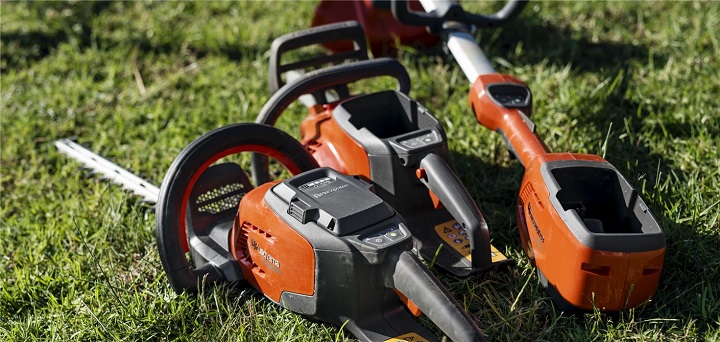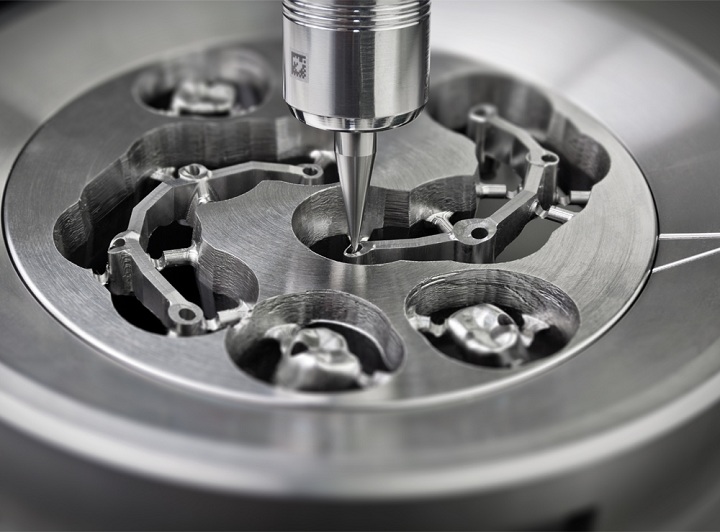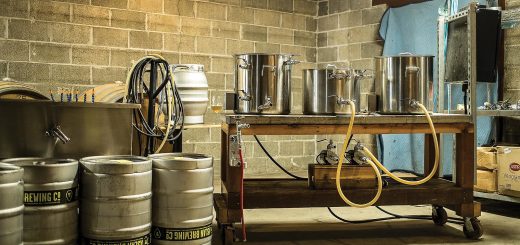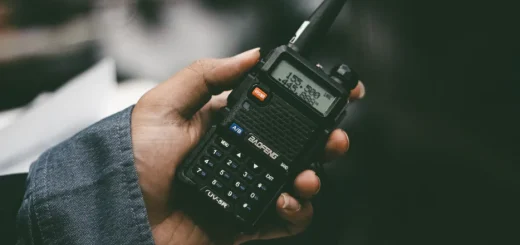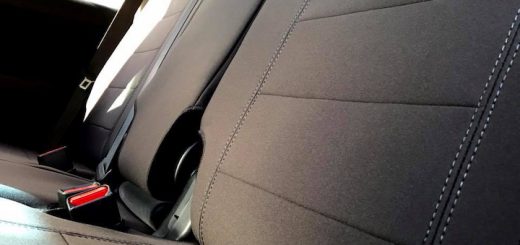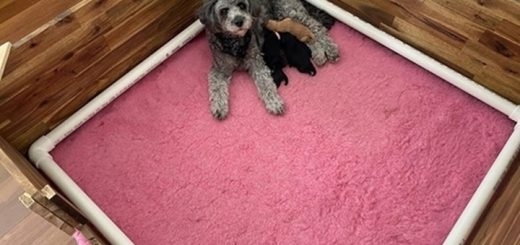A Guide to Charcoal: Intensify the Life of Your Art
Artists have a wide array of drawing tools at their disposal to create a masterpiece. Sure, pencils are the most popular because they are so ubiquitous, but, what if you like to sketch and do it fast? Then you will need good charcoal!
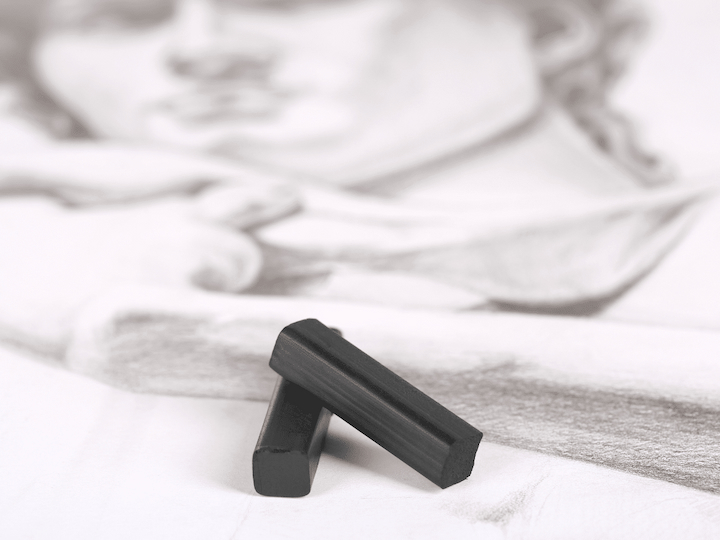
It’s a smooth and brittle material that has similar properties to chalk pastel. Its dark substance comes in a variety of hard and soft shapes, and darker and lighter hues, but don’t undervalue the extraordinary profundity it can reach, as even in its lightest shades charcoal still has the rich black tones you need to depict that level of intensity on a drawing with deep shadows.
Since the more you get into drawing with charcoal the more you will want to experiment with different types and techniques, the following guidelines break down everything you need to know about this amazing drawing medium.
Charcoal Types
Being the perfect tool for investigating both line and form and for exploring light and contrast, there are many different kinds of charcoal available today that can be used to make completed drawings, sketches, paintings on canvas, large-scale pieces, performance art, and illustrations.
Compressed Charcoal Sticks
When narrowing down your choices, choose high-density charcoal art sticks over any other drawing medium! These hard brittle sticks are made from charcoal powder and a binding agent, usually a natural gum or wax, which makes them apply very smoothly. They’re also readily erasable.
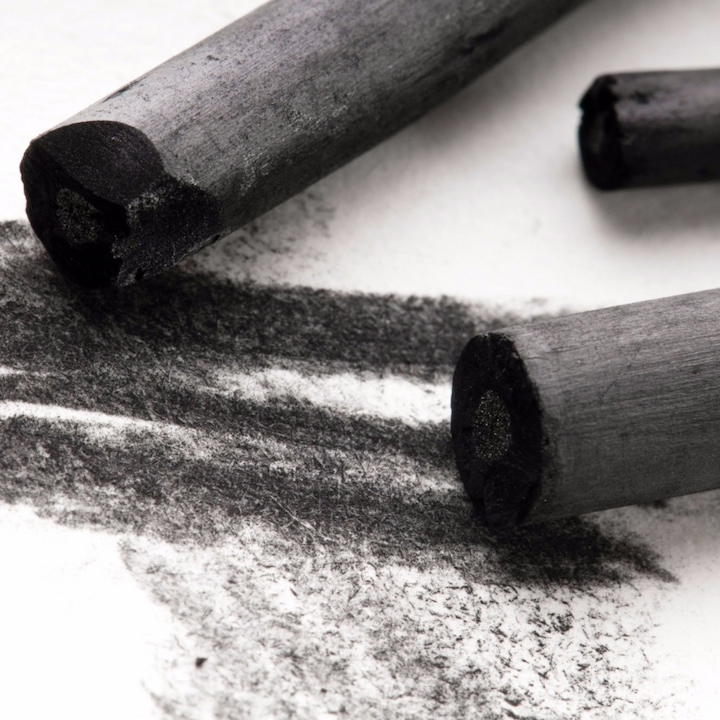
Unlike calligraphy tools, all parts of the charcoal stick can be used to make marks, and they can be held like a pencil or a crayon. You can use the charcoal’s tip or edge to draw a fine line or the entire side to block out regions for a larger mark. Some of the compressed charcoal sticks with moulded shapes have edges that are square or cylinder-shaped.
Because charcoal sticks have a wide range of uses, they are great for producing quick sketches and abstract images that are full of life and movement. They also come in a range of lengths and firmness. For instance, firmer charcoal is much more powerful and less likely to smudge, while softer charcoal will have some powder payoff.
However, each charcoal drawing stick can still produce a variety of techniques like footage, pressure strokes, expressive lines, blending, and smudging regardless of whether you choose a delicate or hard one.
The majority of charcoal drawing sticks on the market are available in a 10-piece set of 2 Jumbo, 2 Large, 3 Medium and 3 Small sticks of artist’s willow or vine charcoal, although there are some sets with even 12 or 18 pieces. However, when utilizing charcoal art sticks you will often need to fixate your drawing. One way to do this is to spray finish the work to avoid smudging or use tissue paper as a divider.
Powdered Charcoal
Top-notch powdered charcoals are usually extremely finely milled to a uniform 100-particle size. It is extremely high-quality, silky, and smooth and guarantees a uniform finish by being free of lumps that are too rough or grainy to leave a mark on your paper’s surface.
To quickly and simply create shapes and tones, use a brush or a paper stump. To prevent messy leaks, powered charcoals are packed in a reliable, reusable aluminium tin with a tight-fitting cover. You can manage the quantity of the available powder thanks to its useful recessed reservoir insert. It is simple to remove so that you can reach and refill the tin, but please keep in mind that using a dust mask is strongly advised.
Liquid Charcoal
When compared to other types of charcoal, the liquid type is one of the most distinct ones to work with. Due to its water solubility, you can change the values from very light to a profound, rich black.
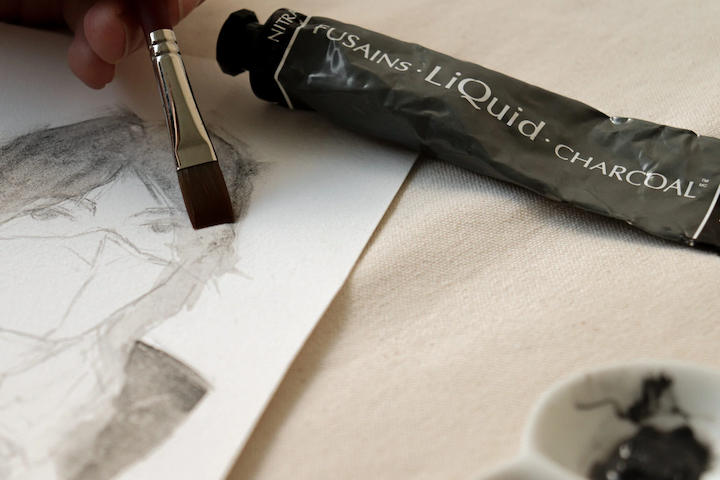
This adaptability enables a wide range of textures and offers artists a fresh approach to working with sketch-like apps. It can be applied with a brush or even a palette knife because it is so viscous right out of the tube that it is comparable in thickness to oil paint, but it has a great lightfastness and dries very quickly. It can also be used wet or dry.
Tips for Drawing with Charcoal
Although charcoal is a very simple and adaptable medium to work with, there are some steps you can take to ensure a good drawing experience.
Don’t Blow the Dust Away
Aim to lift your sketch occasionally while working so that the dust can fall onto a damp towel or mat. Avoid the temptation to blast your dust away because you might end up breathing it in instead of blowing it away. You can also use a soft brush to carefully remove the dust.
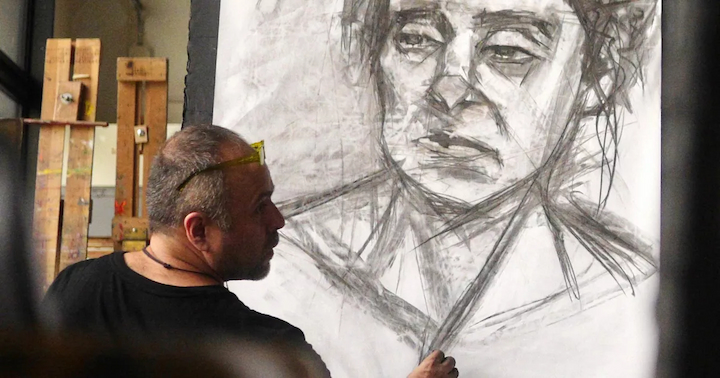
The pressure you apply, how often you stroke, how soft the charcoal is, and how much dust is created are all factors. If you’ve never used charcoal before, proceed with caution. If you apply too much pressure, you’ll lose your light too quickly. Too much carbon can be difficult to remove or soften. Before using compacted charcoal, try working with willow charcoal.
Protective Clothing Is a Must
If you operate quickly or in a large format, charcoal dust will fly everywhere. Although some artists enjoy the way charcoal feels on their palms, it can irritate the skin, and that’s why some people decide to don protective clothing. Gloves and aprons can be worn to shield your clothing from the fine dust particles getting embedded in your hands. However, don’t get frustrated if some charcoal ends on your favourite tee or sweater as it easily washes out on almost all textiles.
